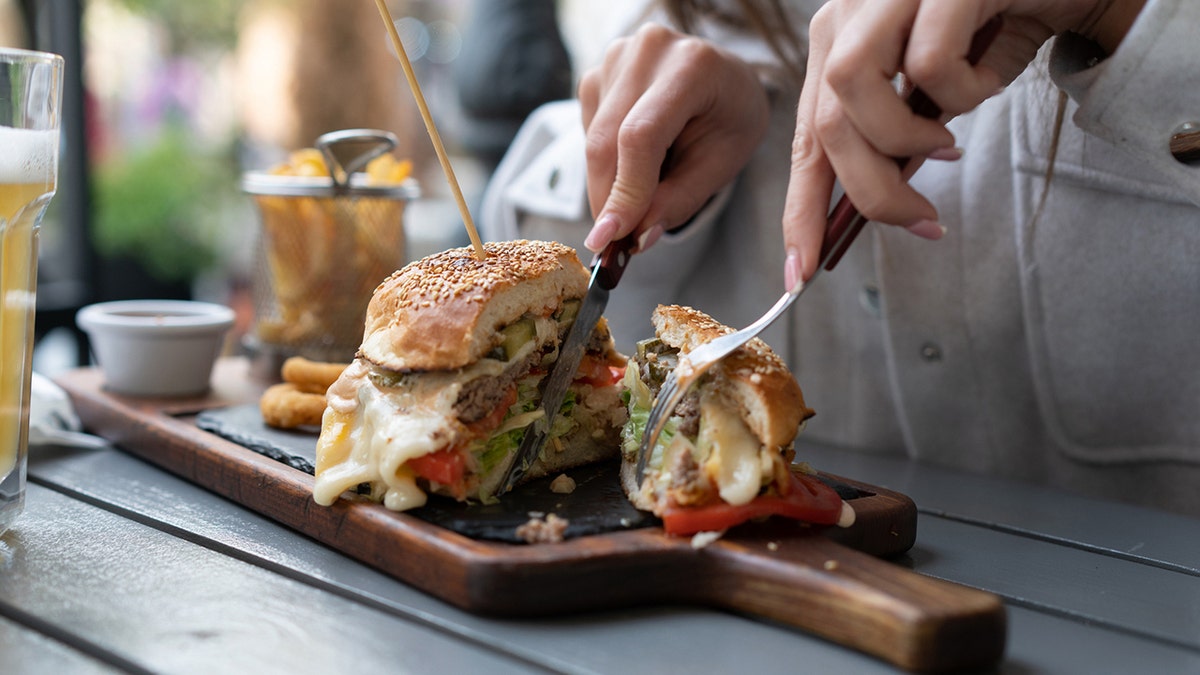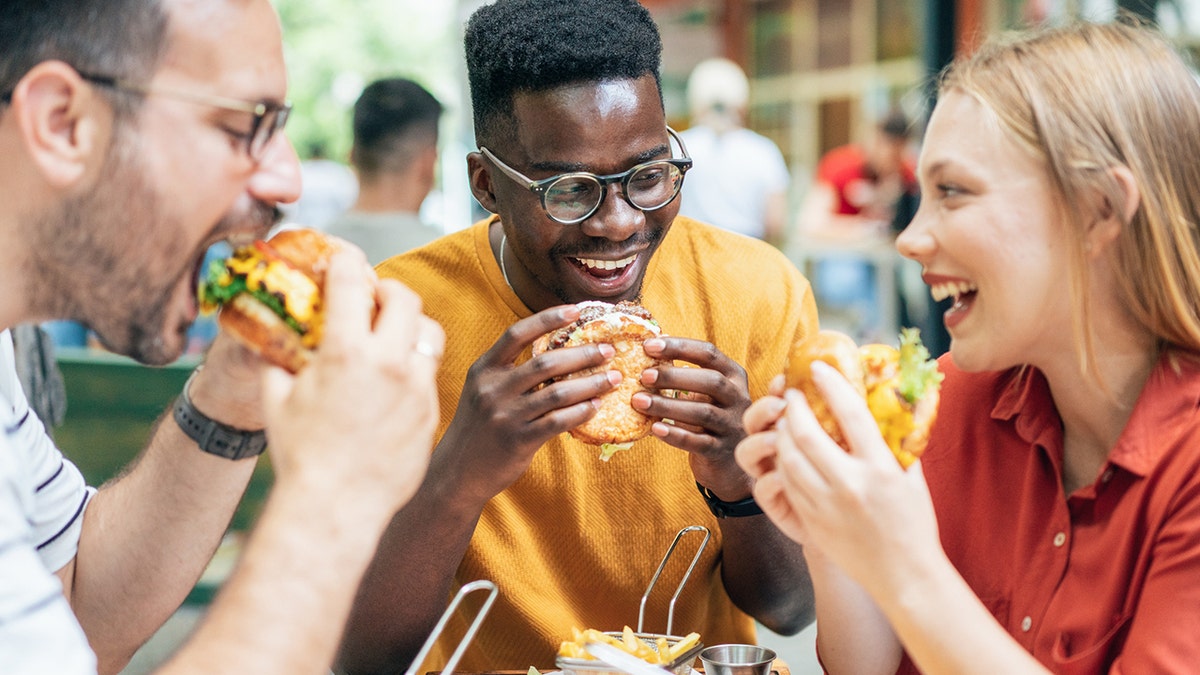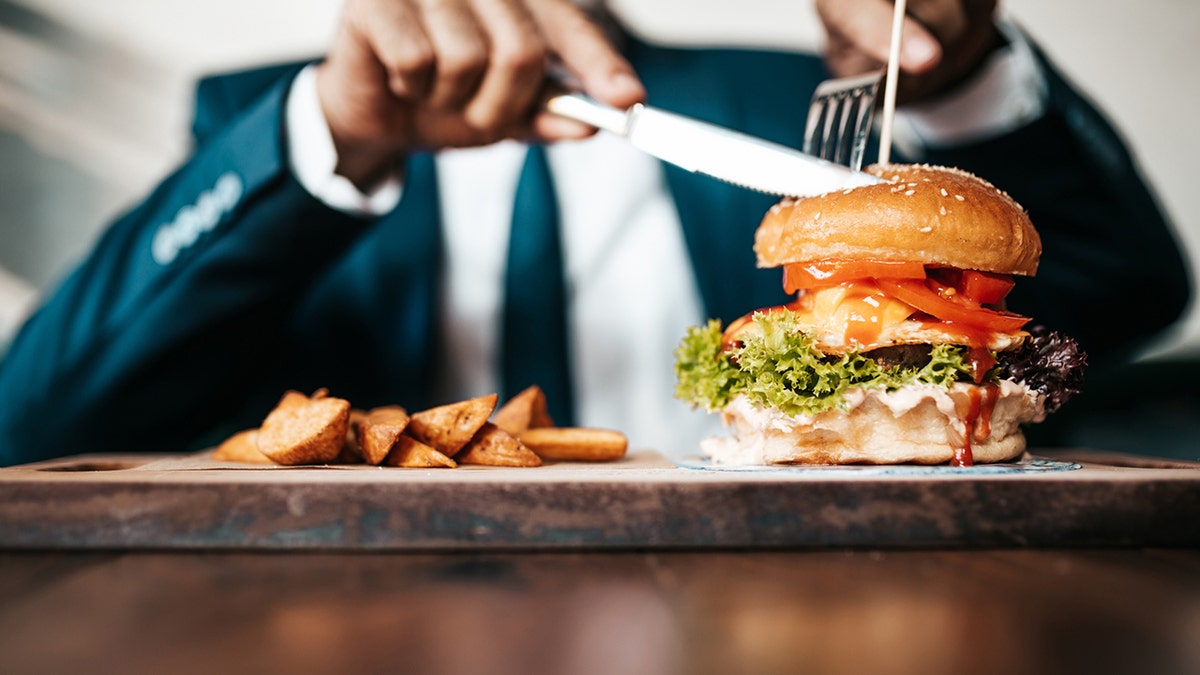The debate on the "proper" way to eat a hamburger continues, with opinions ranging from strict adherence to cutlery to embracing the classic hands-on approach. Former royal butler Grant Harrold recently weighed in, advocating for the exclusive use of a fork and knife, citing his experience serving King Charles III and other high-profile individuals. However, etiquette experts suggest a more nuanced approach.
While Harrold maintains that using cutlery is "proper etiquette," emphasizing its prevalence among royalty and upscale clientele, Rosalinda Randall, a California-based etiquette expert, argues that the context matters significantly. She agrees that in formal settings, such as royal or diplomatic events, or when a burger is served as a course in a multi-course meal, using a knife and fork is generally preferred, especially for thinner patties. However, she acknowledges the impracticality of this approach for thicker, double-stacked burgers, which are prone to becoming a "sloppy mess" when dissected with cutlery.

For casual occasions and foods like pizza, tacos, and hamburgers, Randall suggests that using hands is perfectly acceptable. She points out that using cutlery for typically handheld foods can appear "odd, even awkward" in such contexts. However, she highlights specific situations where using a fork and knife for a burger, even outside of formal events, can be advantageous. These include job interviews, dates, or fine dining establishments, where maintaining a neat appearance and facilitating conversation are paramount. "Cutting away small bites allows you to continue a conversation," Randall explains, adding that cutlery also prevents sticky fingers and messy fingerprints on glassware.

Furthermore, using cutlery encourages slower eating, which can be beneficial for digestion and mindful consumption. Ultimately, Randall offers a simple solution for those uncertain about the appropriate etiquette: observe the host. "It is polite to follow their lead," she advises. If the host uses a fork and knife, guests should do the same. This adaptable approach recognizes the evolving nature of dining etiquette and emphasizes the importance of context and social cues.


Comments(0)
Top Comments